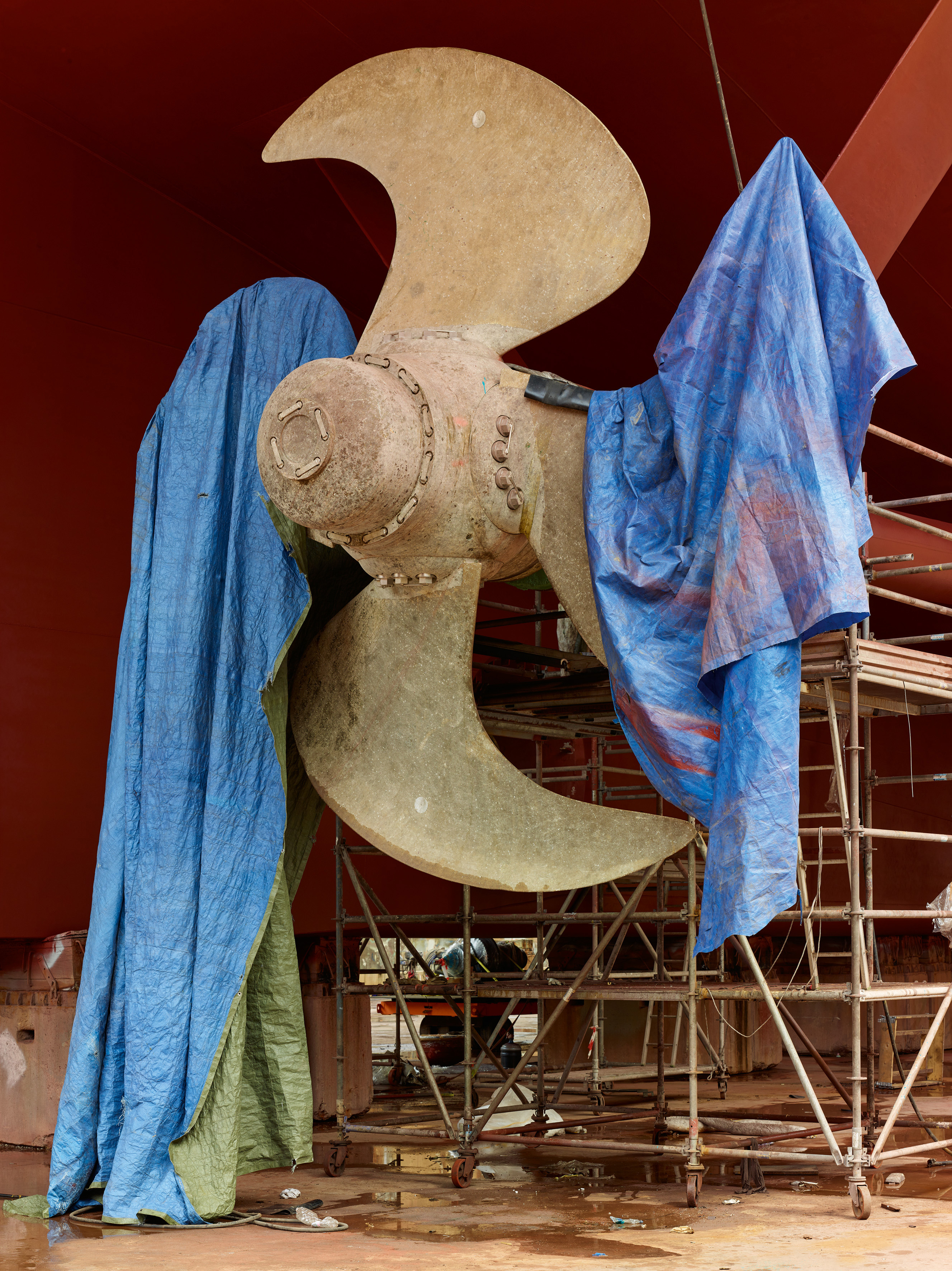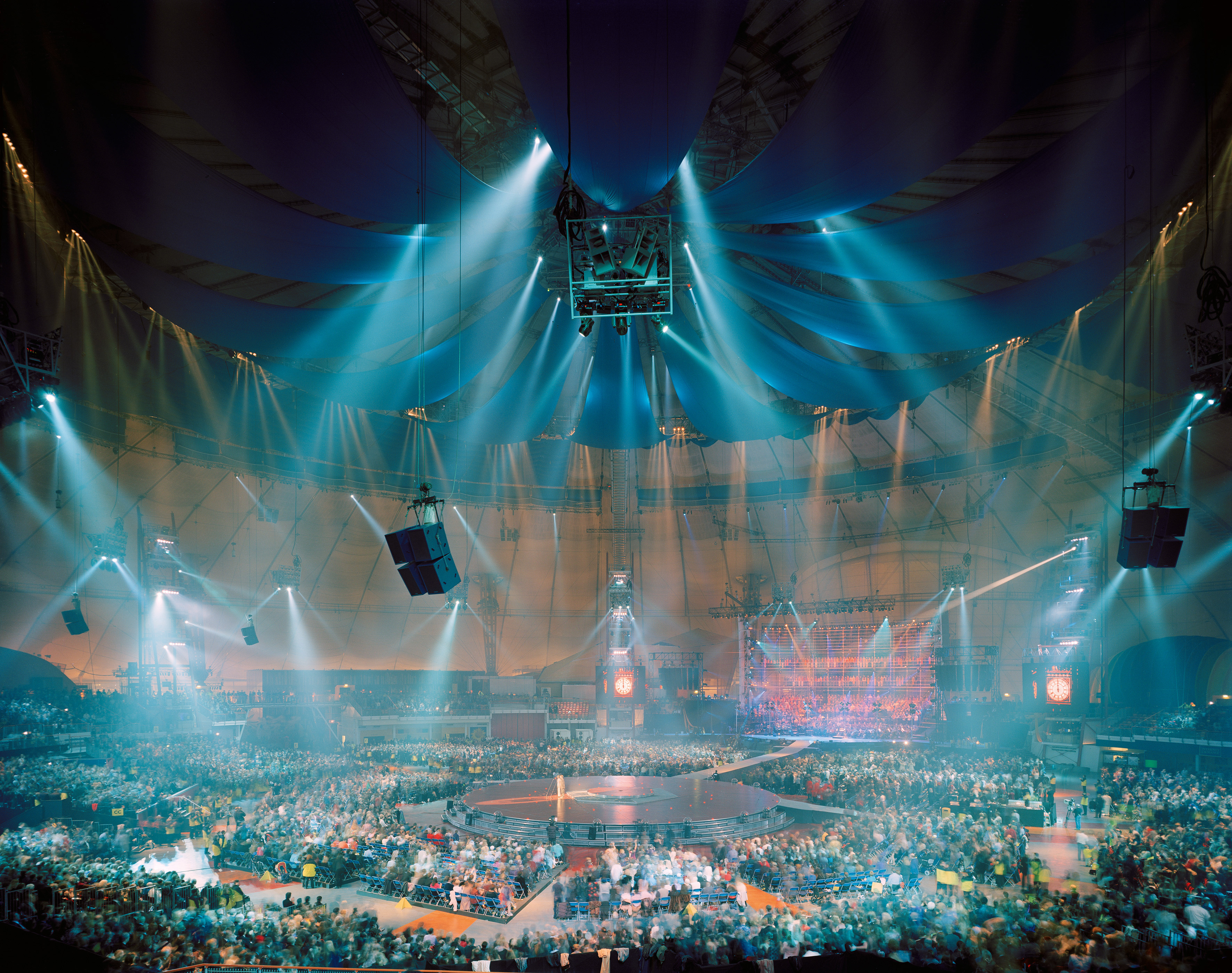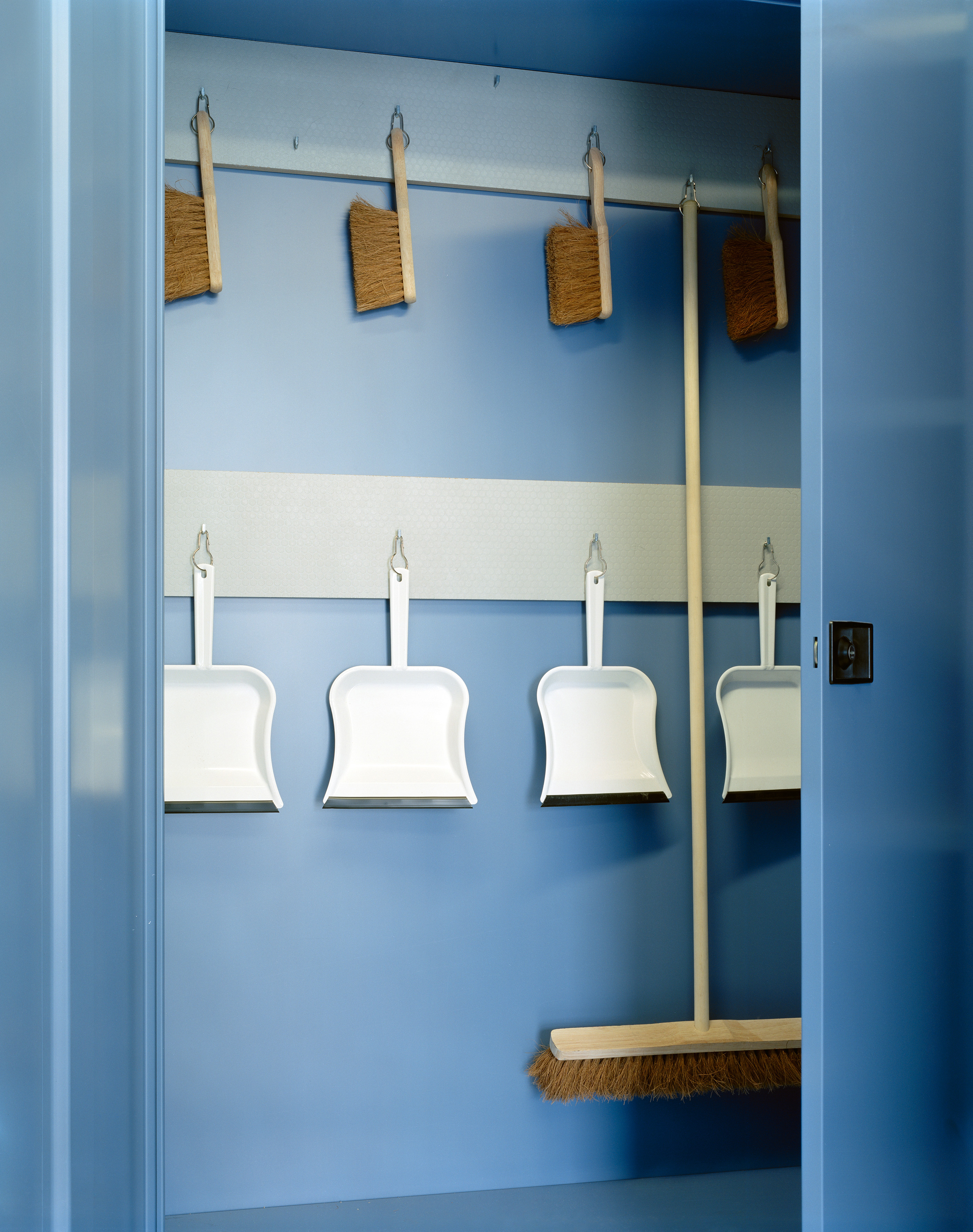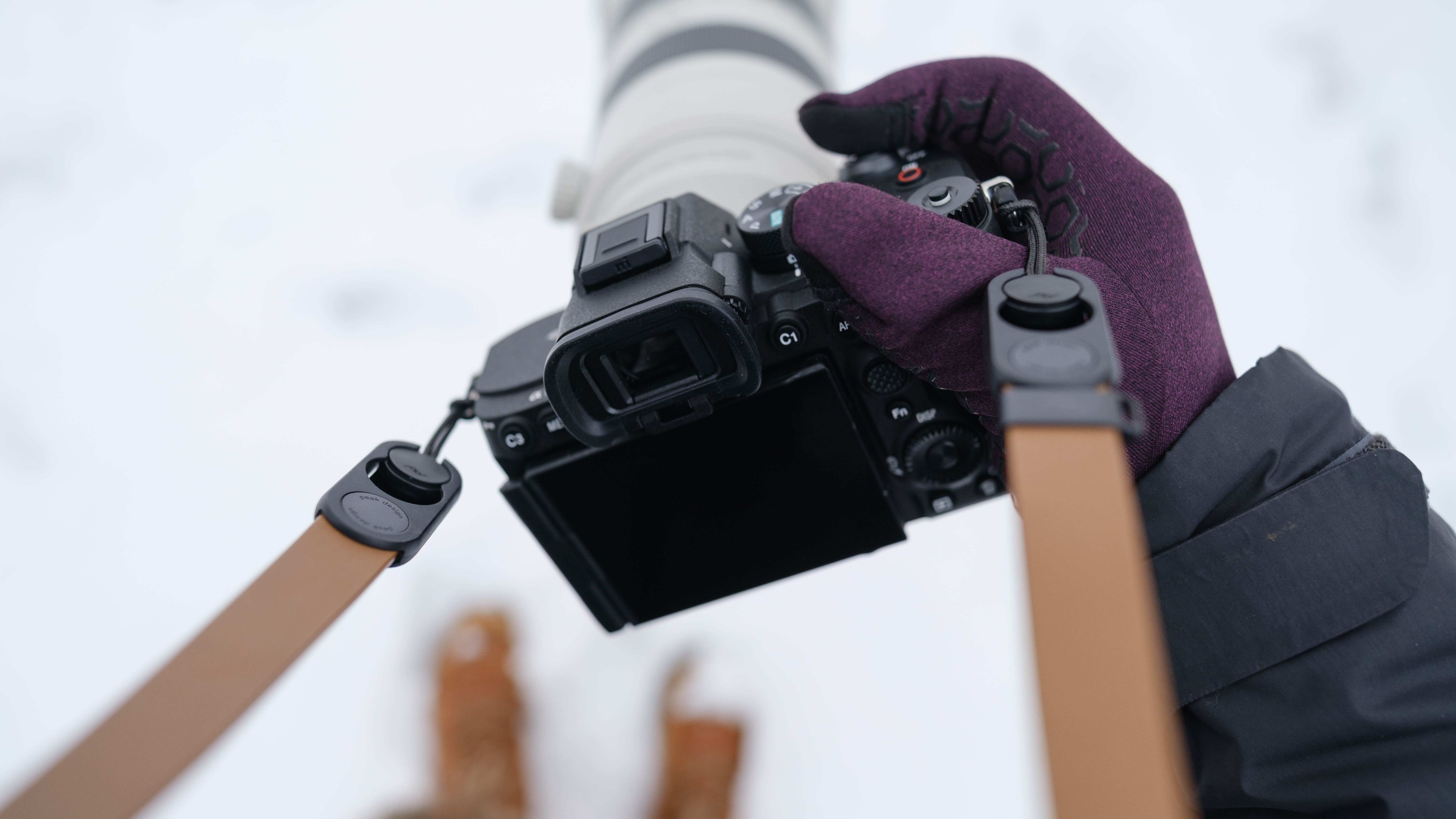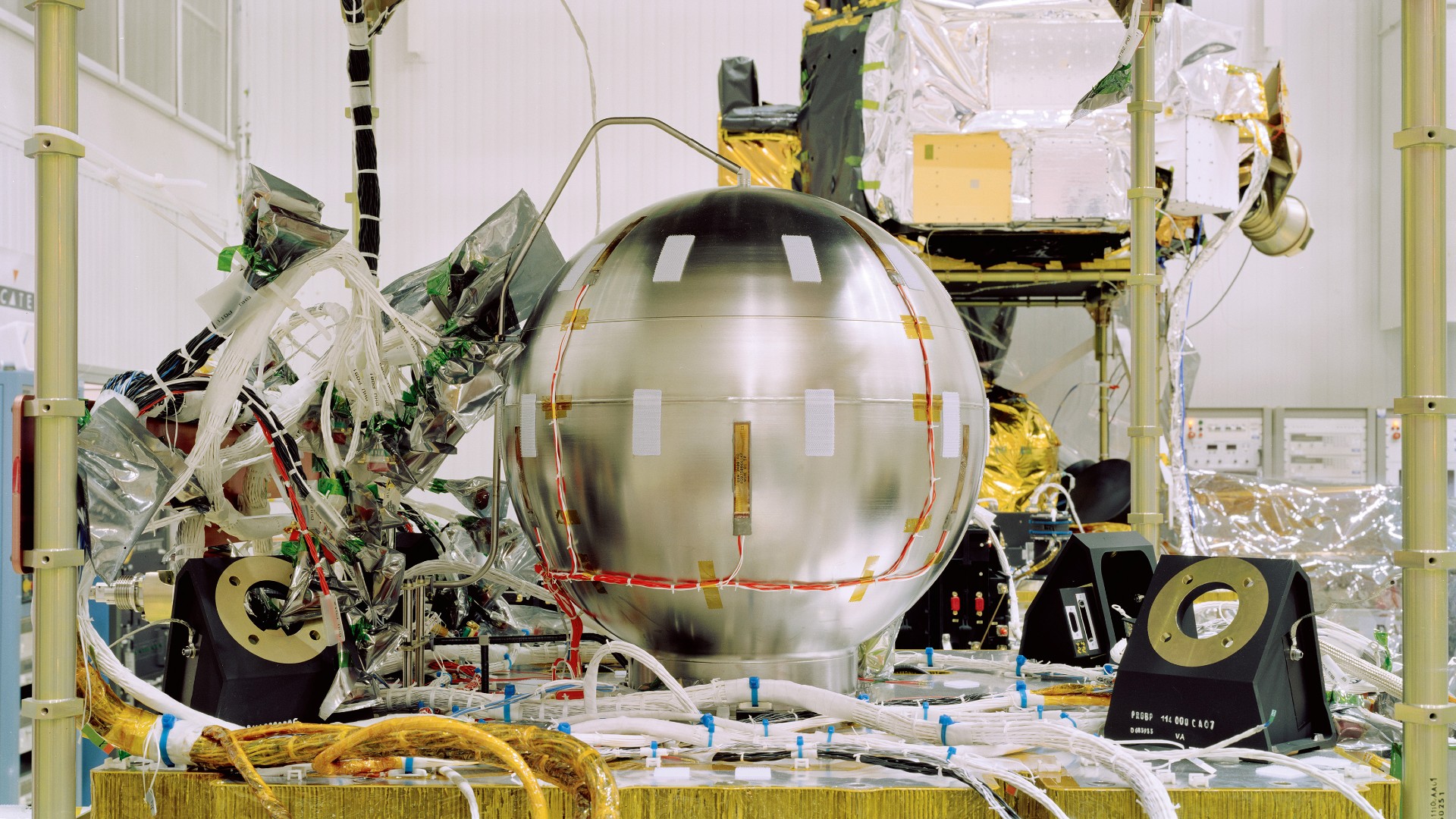
When the British photographer Mark Power pitched up at the Millennium Dome construction site in 1997, he negotiated something rare: complete artistic freedom. No shot lists. No creative directors hovering. Just trust that he'd deliver something worthwhile. Before he took a single picture, he secured the liberty to photograph what he wanted, how he wanted.
That principle – trust on both sides, freedom within the commercial framework – has shaped his commissioned practice. Now, his 17th monograph, Fashion (out December UK, January US) brings together 287 images from 27 years of industrial commissions across 23 countries, stripped of all captions and context.
The result demonstrates something both clients and photographers often forget: commissioned work doesn't have to be creatively sterile.
Double meaning
The book's title operates as a double meaning. These are images of things being fashioned – made, constructed, assembled – in foundries, shipyards, quarries and factories. But it's also about fashioning your own opportunities within the constraints of commercial reality.
Power, now 66 and a Magnum member since 2002, has spent nearly three decades proving that the divide between personal projects and paid work is largely artificial.
Too often photographers accept restrictive briefs, tight supervision, and the death of spontaneity as the cost of getting paid. They shoot what they're told, collect the fee, and save their creativity for personal projects that may never see an audience.
Power, however, has flipped this equation. By establishing artistic licence early, before accepting any commission, he's built a body of commercial work that rivals most photographers' passion projects.
The best camera deals, reviews, product advice, and unmissable photography news, direct to your inbox!
His Millennium Dome documentation remains the template. Across 100 site visits between 1997 and 2000, Power created what became a return to the tradition of a singular photographer documenting a major public building from start to finish.
The images in Fashion drawn from that project, sequenced purely by visual links of colour, form and light, are indistinguishable in quality from his self-funded work. And that's no accident.
Why this matters
This matters more now than ever. The commissioning environment has hollowed out. Budgets have shrunk. Many photographers find themselves either directed into sterile commercial work or pursuing unfunded personal projects with no clear endgame.
Power's approach offers a third path: bring your vision to the client, not the other way around. And the book's construction reflects this philosophy perfectly. By stripping away dates, locations and project descriptions, Power forces viewers to see the work purely as images.
That hole in a shoe, those white gloves hung to dry, the painstakingly arranged cupboard of brooms – details that reveal his dry humour – exist outside their original industrial context. They become elusive and poetic. You can't tell what was commercial and what wasn't, because there's no meaningful distinction.
Working primarily with large format cameras, and now digital medium format after decades of film, Power's meticulous compositions demand time and consideration that clients rarely think they can afford. Yet he's consistently convinced them otherwise. His reputation as one of the forerunners of British photography stems partly from technical mastery, but also from this ability to negotiate the space to work properly.
At $90, Fashion isn't cheap. But as Power's 17th monograph—and a 520-page, 287-image document of what's possible when artistic freedom meets commercial reality—it offers more than pretty pictures. It's a blueprint for a different way of working, one that assumes clients and photographers can want the same thing: images that transcend their original brief and become something more enduring.
Fashion by Mark Power is published by Gost in the UK in December and in the USA in January. The 520-page hardback, featuring 287 images in a 285x199mm portrait format, is priced at $100 / £80 . Both standard and signed editions are available. For more information and to pre-order, visit the Gost website.
Tom May is a freelance writer and editor specializing in art, photography, design and travel. He has been editor of Professional Photography magazine, associate editor at Creative Bloq, and deputy editor at net magazine. He has also worked for a wide range of mainstream titles including The Sun, Radio Times, NME, T3, Heat, Company and Bella.
You must confirm your public display name before commenting
Please logout and then login again, you will then be prompted to enter your display name.
